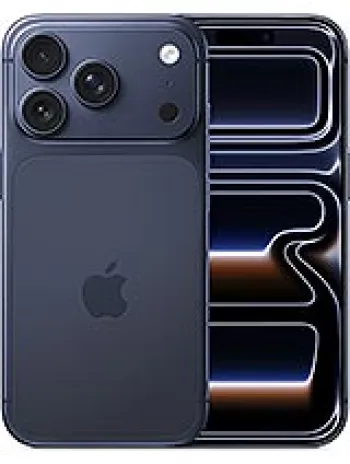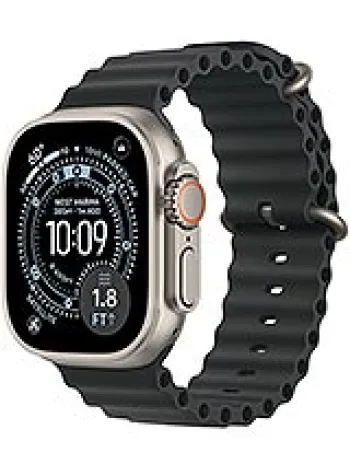
Introduction to Apple iPhone 4 CDMA
The Apple iPhone 4 CDMA, released in February 2011, marked a significant milestone for Apple as it ventured into the CDMA network technology. This smartphone served millions with its reliable performance and innovative features. Although it has been discontinued, its influence on the CDMA mobile technology domain continues to resonate in the industry. Let us delve into the various aspects that defined the iPhone 4 CDMA.
Launch and Availability
Announced in January 2011 and released in February of the same year, the iPhone 4 CDMA variant was designed to cater to markets with CDMA network infrastructure, notably the United States with carriers like Verizon Wireless. The launch of a CDMA version illustrated Apple’s intent to capture a broader audience by extending support to multiple cellular technologies.
Network Capabilities
Featuring CDMA/EVDO technology, the iPhone 4 CDMA supports 2G bands (CDMA 800 / 1900) and 3G bands (CDMA2000 1xEV-DO), with a data speed capability of EV-DO Rev.A 3.1 Mbps. These capabilities allowed users to experience improved network connectivity and data speeds, which were crucial in efficient mobile networking and communication during its time.
Design and Build
The iPhone 4 CDMA measures 115.2 x 58.6 x 9.3 mm and weighs 137 grams. Known for its sleek and stylish design, the device features a glass front and back with a stainless steel frame. Its robust build and premium materials contributed to its popularity. The smartphone supports a Micro-SIM, aligning with the standard of the time.
Display Quality
Equipped with a 3.5-inch IPS LCD, the iPhone 4 CDMA offers a display resolution of 640 x 960 pixels with a 3:2 aspect ratio. A pixel density of approximately 330 ppi ensures sharp and vibrant visuals. Corning Gorilla Glass and an oleophobic coating provide protection against scratches and smudges, enhancing screen durability and user experience.
Performance and Hardware
The heart of the iPhone 4 CDMA is the Apple A4 chipset, complemented by a 1.0 GHz Cortex-A8 CPU and PowerVR SGX535 GPU. This configuration ensures a smooth and efficient performance for daily tasks, including browsing, app usage, and gaming. Although it features 512MB of RAM, its seamless integration with the iOS operating system enables a satisfactory multitasking experience.
Storage Options
Available in two storage variants, 16GB and 32GB, the iPhone 4 CDMA does not support external memory expansion. While the storage may seem limited by today’s standards, at the time, these capacities were sufficient for storing essential apps, photos, videos, and music.
Camera Performance
The device boasts a 5-megapixel rear camera with autofocus, LED flash, and HDR capabilities, which deliver decent image quality and 720p video recording at 30fps. Although it lacks a front camera, the rear camera sufficed for capturing memorable moments with acceptable clarity and color accuracy.
Audio and Connectivity
The iPhone 4 CDMA features a built-in loudspeaker and a 3.5mm headphone jack, which cater to superior audio output and compatibility with various audio accessories. Connectivity options include Wi-Fi 802.11 b/g/n, Bluetooth 2.1 with A2DP, GPS, A-GPS, and USB 2.0. However, the device does not support radio.
Operating System and Software
The iPhone 4 CDMA originally shipped with iOS 4 and was upgradable to iOS 7.1.1. iOS enhancements contributed to a user-friendly interface with features like multitasking and app folders, ensuring a robust user experience. The device includes sensors such as an accelerometer, gyro, proximity sensor, and compass.
Battery Life
A Li-Po 1420 mAh non-removable battery powers the iPhone 4 CDMA, providing adequate battery life to last through a typical day of usage. While it may not match current battery technologies, at the time, it offered satisfactory uptime for communication, entertainment, and productivity tasks.
Color Options and Pricing
Initially available in black and later followed by a white variant, the iPhone 4 CDMA allowed users to choose a color that best reflected their personal taste. Upon release, the device's price was around 150 EUR, making it an attractive option for individuals seeking Apple’s ecosystem at a relatively lower entry cost.
Legacy and Conclusion
The Apple iPhone 4 CDMA played a vital role in expanding Apple’s reach across different cellular networks. Despite its discontinuation, its impact on mobile technology, especially in integrating CDMA capabilities with Apple's ecosystem, remains notable. As we move forward with evolving technologies, the iPhone 4 CDMA will always be remembered as a pivotal device that bridged technological gaps and set benchmarks for future innovations.
Key Features of Apple iPhone 4 CDMA
- CDMA / EVDO Technology with 3G CDMA2000 1xEV-DO support
- Compact design with dimensions of 115.2 x 58.6 x 9.3 mm and weight of 137 g
- Micro-SIM support
- 3.5-inch IPS LCD display, 640 x 960 pixels resolution, Corning Gorilla Glass protection
- Powered by the Apple A4 chipset and 1.0 GHz Cortex-A8 CPU
- Internal storage options of 16GB or 32GB with 512MB RAM
- 5 MP main camera with LED flash and HDR capabilities
- Wi-Fi 802.11 b/g/n and Bluetooth 2.1 with A2DP
- Built-in GPS and A-GPS support
- Various sensors including accelerometer, gyro, proximity, and compass
- Non-removable 1420 mAh Li-Po battery
- Available in black and white colors
Drawbacks of Apple iPhone 4 CDMA
- Only supports CDMA/EVDO network technology, limiting compatibility with certain carriers.
- Discontinued model, hence limited support and updates.
- Small display size of 3.5 inches with a low screen-to-body ratio (~54.0%).
- No support for additional storage (No card slot).
- No front-facing camera for selfies and video calls.
- Outdated OS initially running iOS 4, even with maximum upgrade to iOS 7.1.1.
- Limited RAM (512MB) affecting performance with modern applications.
- Limited battery capacity (1420 mAh) with non-removable battery design.
- No FM Radio feature.
- Older version of Bluetooth (2.1) compared to newer standards.

View Also
More Phones
All Rights Reserved +14267 Phones © Mobilawy 2025

























